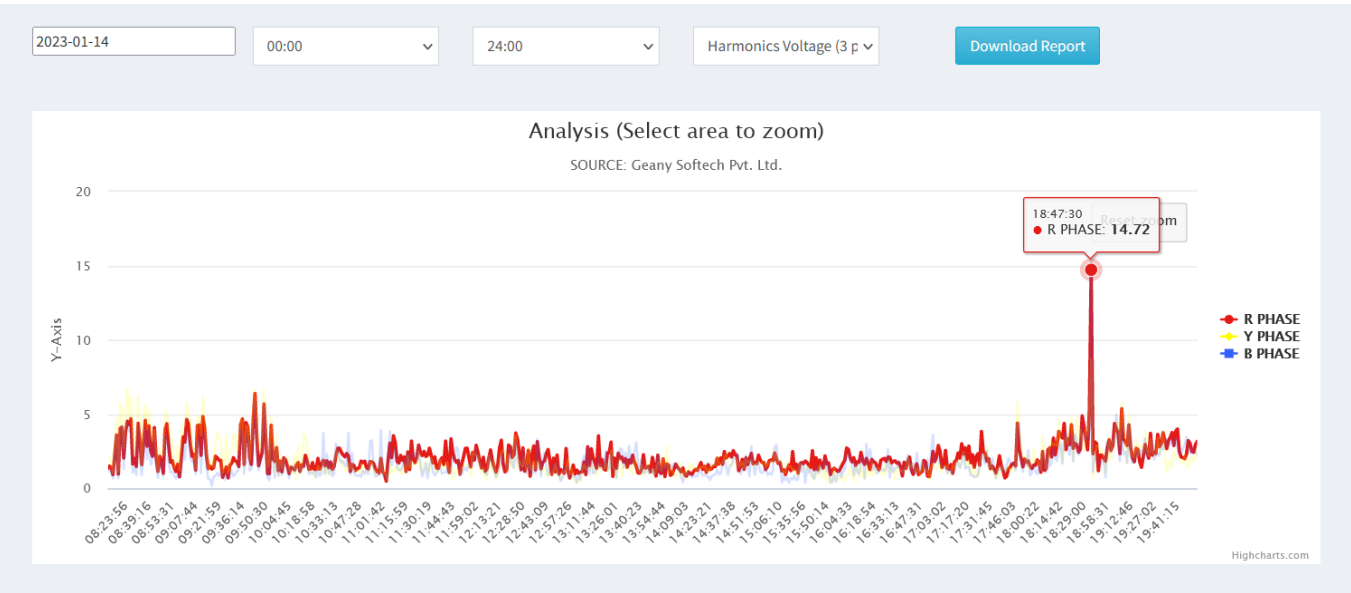Maximum Demand
Electricity tariffs are rising hence understanding your energy bill is the first step to control your energy use and reduce costs.
There is often a figure shown as ‘Maximum demand’. What does it mean and why should you be interested?










